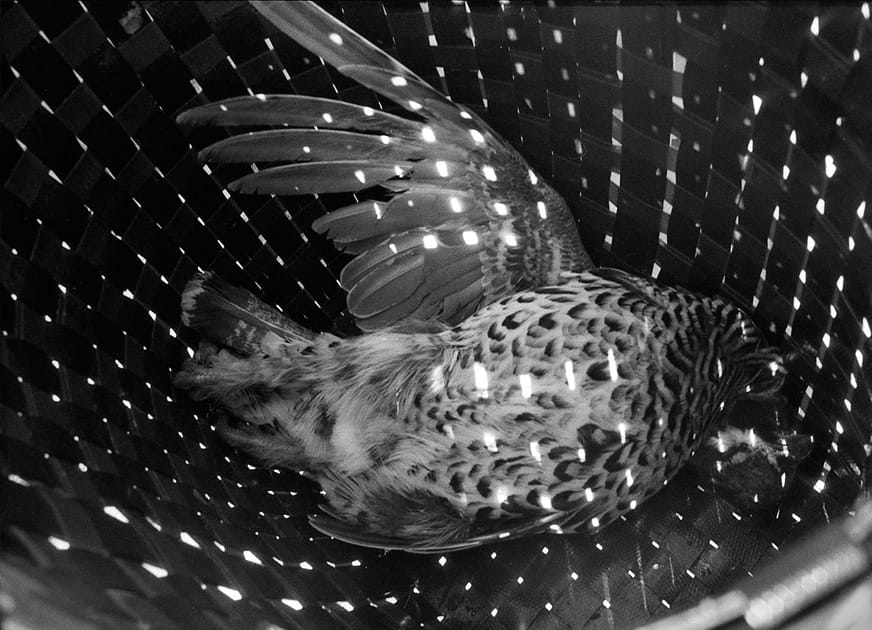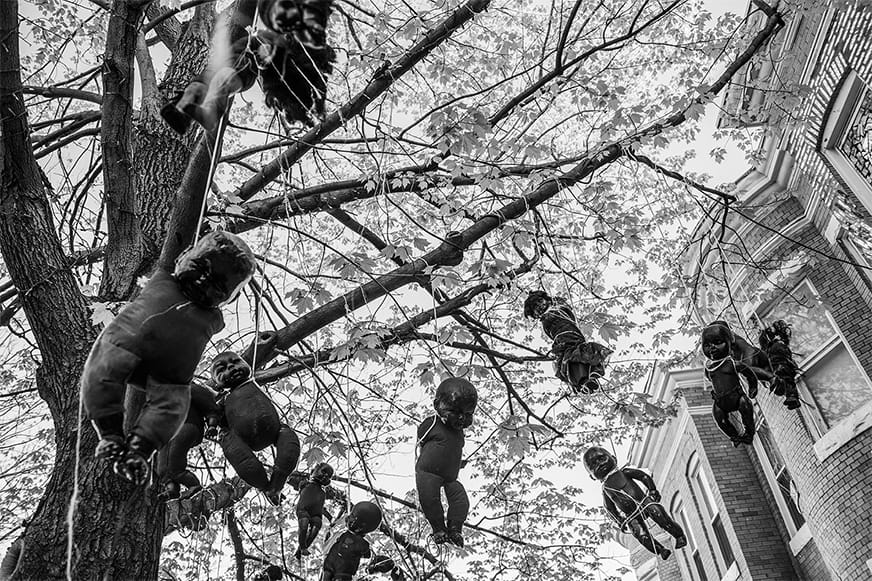
The winners of the 2016 Award for Potential studies of Russian North will be featured in an exhibition and mentored by Ian Parry co-founder and world-renowned photographer Tom Stoddart.
Visa pour l’Image festival director Jean-François Leroy took to the stage of a packed Campo Santo tonight to announce this year’s winners of The Ian Parry Scholarship.
They are Andrew Renneisen, this year’s winner of the 2016 Award for Achievement. And Igor Elukov, the winner of a brand new award, the 2016 Award for Potential.
Andrew Renneisen (b.1992) is an American freelance documentary photographer based in Nairobi, Kenya. He focuses on issues related to race, religion, ethnicity and their role in conflict.
Igor Elukov (b.1991] is a Russian photographer based in St Petersburg. His work dramatically documents the tough life of the people who live above the Arctic Circle in his homeland.
Aidan Sullivan, founder of the Scholarship says, “Every year the select group of judges are always impressed with the quality of entries we receive from young talent the world over. The work of Andrew and Igor really stood out as being particularly powerful and poetic. These talented young men will now join an illustrious list of past winners, who we are proud to call the extended Ian Parry family. I am positive that we will see more and more from these two talented individuals.”
Igor will be travelling back to the sub polar north to cover the problem of poaching of many red-listed species.
As the first winner of the Award for Potential, Igor will be mentored by Ian Parry co-founder and world renowned photographer Tom Stoddart.
The winners and the best of the 2016 entries will be featured in an exhibition, dates to be confirmed.
Igor says –
The Russian North is a territory that embraces Northern regions of European Russia, between the borders of the Republic of Karelia in the west and the chain of Ural mountains in the East. My investigation began in the villages of the Archangelsk region, close to the White Sea, where my family originates from and where I spent the years of my childhood. The density of population in this area is very small (4 people per 1 square kilometer), most villages lie remote from the cities and they have no connection to the big world other then the air transport.

Gradually I started to broaden the borders of my vision, travelling by rivers – they are the substitute for the non-existent road network – and crossing the enormous, white and empty spaces of tundra and frozen seas, where one can move with caterpillar SUV transports. I concentrated on the co-existence of mighty natural powers and the life of a human being in harmony with them.
Speaking generally, people live in the same way as their ancestors used to live in the 15th century, but they undertake serious legal risks every day, as their traditional sources of income and living – fishing and hunting – are strictly regulated by the law nowadays. Men still leave their homes for several months and go to the remote places where they stay in hard conditions – in lonely wooden huts, by the huge Northern lakes. Their life keeps pace with natural cycles: fishermen by the sea sleep and wake with tides, daily work in the villages depends on sunshine or rain. And the success of fishing or hunting depends on moon and wind.
This life shows us very clearly that a human being is not the master of the land, and ruined towns in the tundra, that used to bloom not long ago and now lie abandoned, prove this again.
Comments
Add comment